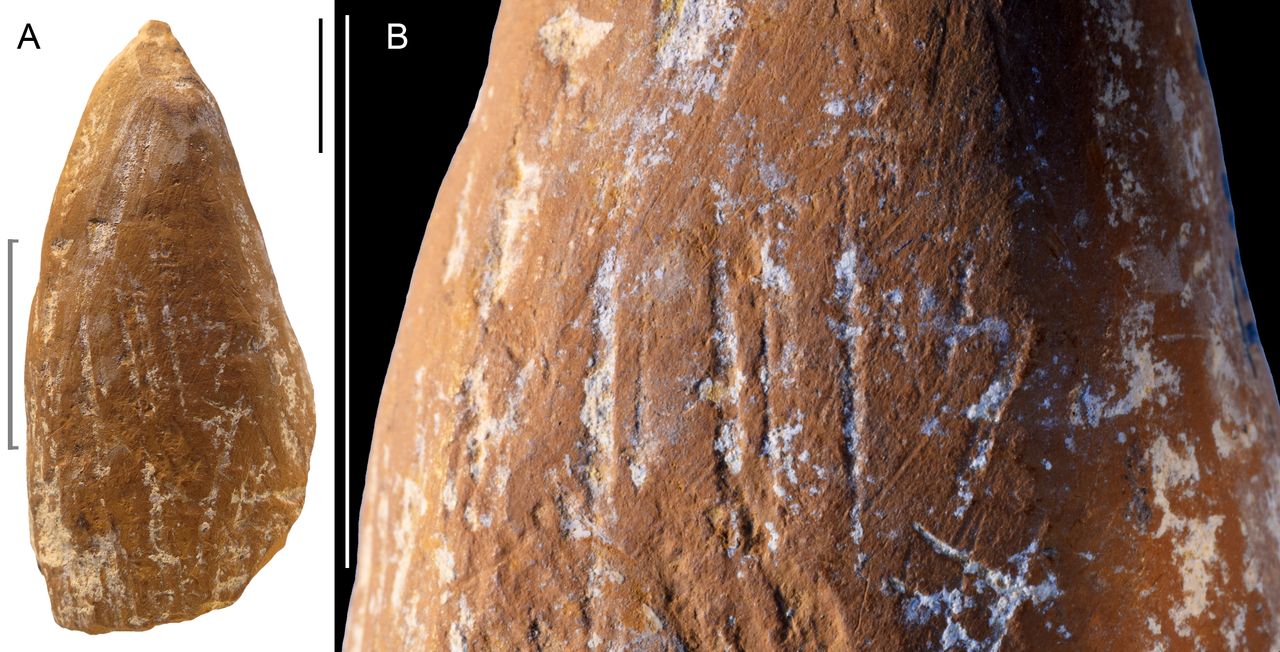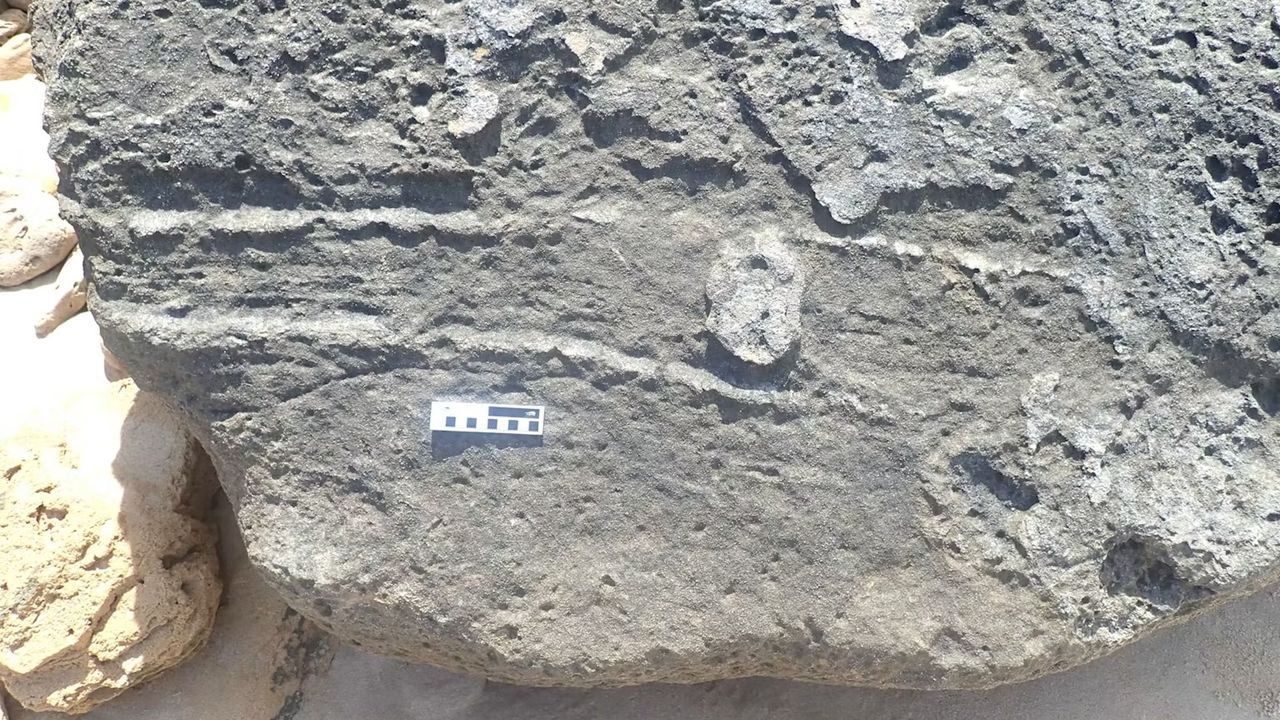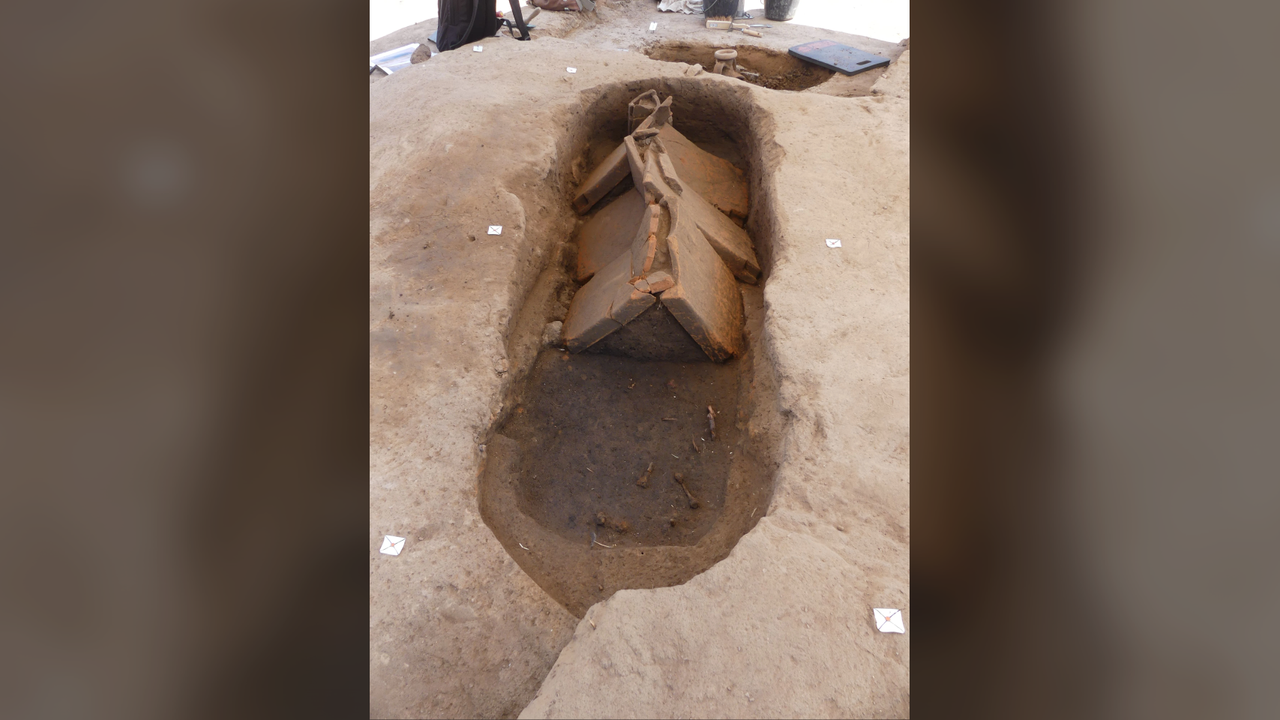Crimean Stone Age 'crayons' were used by Neanderthals for symbolic drawings, study claims
PositiveScience

A recent study reveals that Neanderthals in Crimea may have used Stone Age 'crayons' for creating symbolic drawings, suggesting a level of cognitive complexity previously underestimated. This discovery is significant as it challenges our understanding of Neanderthal behavior and their capacity for symbolic thought, opening new avenues for research into early human creativity.
— Curated by the World Pulse Now AI Editorial System





